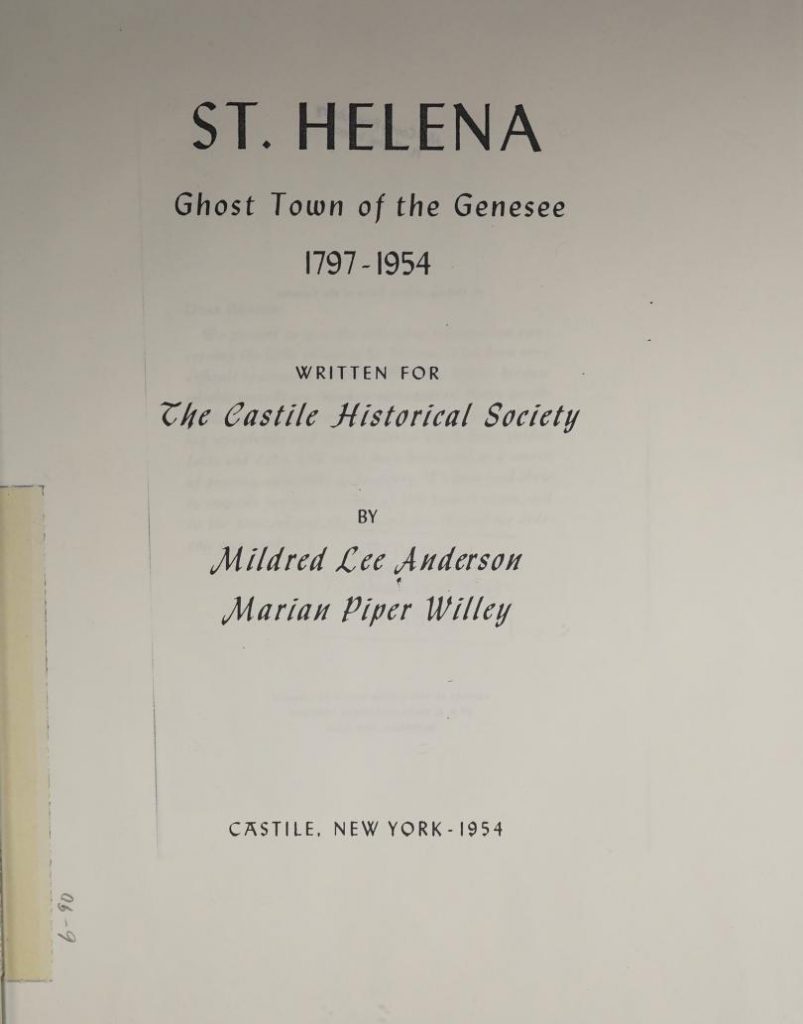Cemeteries of St. Helena, New York
Burials were made in several near-by cemeteries. One at the top of the eastern hill was opened about 1830 and was the first in that entire section. Fifty persons were buried there. In 1839 the Oak Hill Cemetery, near Brooks Grove, was established. Some years later, when the plot had to be enlarged, Milton Burnap, Sr., Fred Marsh, Sr., and James Piper, early settlers at St. Helena, helped with the task and chose their family burial spots. The two cemeteries at Castile were used, and also, of course, the well-known cemetery on the western hillside. Because there were no burial […]
